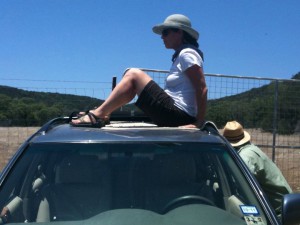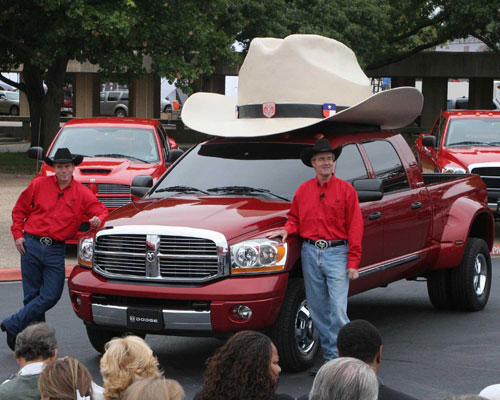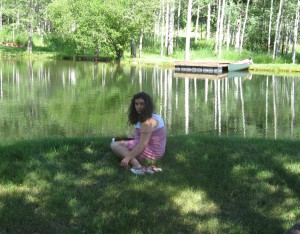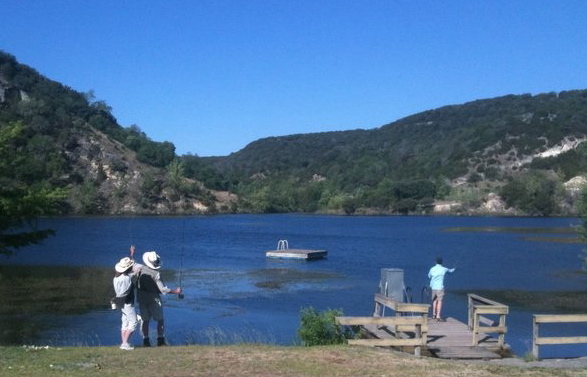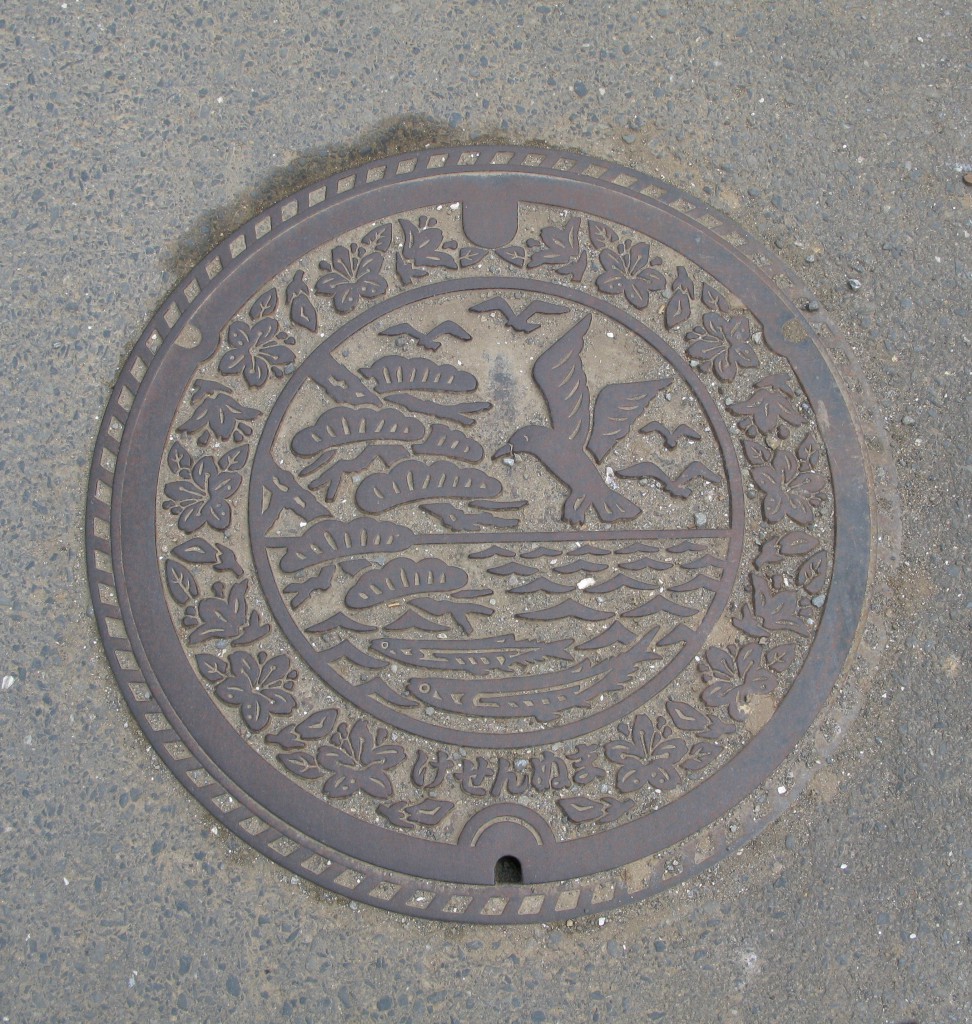I have a bone to pick with Freeman Dyson, professor emeritus at the Institute for Advanced Study in Princeton and generally acknowledged scientific genius. I bet he’s really nervous.
On a recent trip to Aspen, I picked up The Best American Science and Nature Writing 2010, edited by Dyson, and the latest installment in a wonderful series that began in 2000. In the introduction, Dyson laments that most current science writing appears as brief news items rather than “thoughtful essays” like the ones John McPhee wrote for The New Yorker. Apparently magazine editors don’t feel that science as science has much reader appeal. Nature writing is much more common; Dyson notes that the book contains twice as many essays about nature as about science. “Nature is now fashionable among readers and publishers of magazines,” he grumbles. “Science is unfashionable.”
Somewhat later he claims that the essays about nature are “written for nature lovers, not science lovers,” because “the quality of the writing is as important as the subject matter.” The environmental movement is the product not of science, but is rather the “leading secular religion of our age,” a replacement for Marxism. “Environmentalism doesn’t have much to do with science,” he says, although he proudly shares the ethics of the environmental movement. He is hopeful about the future of the Earth because two such committed communities are “working to preserve living space for our fellow creatures….”
While his analysis is in some ways perfectly reasonable, I object to the idea that there is an unbreachable demarcation between science and other disciplines rather than a permeable boundary that encourages heavy traffic and frequent discussion about just exactly where that boundary is, particularly between the sciences and the arts. (I include religion in the realm of art for purposes of this essay.)
Subsequent events since I read Dyson’s introduction have encouraged me to continue this line of thought. Maggie Fox, CEO of the Climate Protection Action Fund, was the featured speaker at the recent Jessica Catto Leadership Dialogues, a program of the Aspen Center for Environmental Studies. She opened her talk by suggesting that the bar code would be the symbol for this era; technology, media, and advertising have converged in such a way that we are encouraged in all arenas to chose what we already know and prefer and to live in a bubble that reflects our predispositions. She urged us to step out of our silos both inside and outside the environmental community and to refuse to identify too exclusively with what we already know.
The day after this talk I read an article in The Atlantic Monthly entitled “The Triumph of New-Age Medicine,” by David H. Freedman, that investigates the rise—and apparent efficacy—of alternative, or integrative, or holistic medical practices in America. Mainstream medicine has a mixed reaction to this turn of events. Freedman quotes one doctor willing to consider integrative medicine’s benefits as saying, “Doctors tend to end up trained in silos of specialization.” Those who object to alternative medicine as hokum can be virulently negative about it, despite the opening in recent years of forty-two integrative medical research centers, all of them at major medical institutions like Harvard, Yale, Duke, and the Mayo Clinic. Says one critic, “It’s cleverly marketed, dangerous quackery…. There’s only one type of medicine, and that’s medicine whose treatments have been proven to work. When something works, it’s not all that hard to prove it. These people have been trying to prove their alternative treatments work for years, and they can’t do it.”
From there, Freedman takes a look at what constitutes “proof” in mainstream medicine. He interviews a Harvard researcher who claims that many mainstream medical treatments are little better than placebos. Says Freedman, “The vast majority of drugs don’t work in as many as 70 percent of patients, according to a study within the pharmaceutical industry. One recent study concluded that 85 percent of new prescription drugs hitting the market are of little or no benefit to patients.” But patients keep buying them, because, according to the researcher, “knowing that you’re getting a treatment is a critical part of the ritual of seeing any kind of practitioner.”
It appears, then, that effective treatment relies in part on patients’ perceptions and expectations, two things that are notoriously resistant to empirical testing. The belief that treatment will be efficacious is frequently augmented by a solid relationship between healer and patient. Freedman says that studies “have even shown that patients still get a beneficial placebo effect when practitioners are honest but optimistic with patients about the placebo—saying something along the lines of ‘We know of no reason why this should work, yet it seems to work with many patients.’ Sure enough, it often does.”
Freedman also interviewed a neuroscientist at the University of California at Davis who studies the effects of meditation on the brain and who said, “We have to be careful about allowing presumed objective scientific methods to trump all aspects of human experience. Instead, science has to learn to listen in a sophisticated way to what individuals report to us, and to relate those findings to other kinds of knowledge obtained from external measurements.” This, of course, was my takeaway from the article, which deserves to be read in its entirety and not just in my messily truncated version of it.
After reading this article, I attended a concert in the Aspen Music Festival summer series featuring Beethoven’s third piano concerto. My father and I sat where we could watch Joyce Yang, the soloist, as she played this beautifully complex and lyrical piece. I’m not able to judge whether it was a flawless performance (it certainly seemed like one), but it was utterly riveting. Her performance took a series of givens, of facts, that any performer of the piece faces: the piano, the musical score, the liturgies required in a concert performance, and technical mastery over all of them. These givens, in combination with Yang’s ebullient, unmeasurable, unprovable subjective self, brought forth something beautifully new and of soul-jolting clarity. She was the vehicle of a kind of revelation.
Dyson himself recounted in his own career as a physicist a moment that sounds to me analogous to Yang’s performance. A 2009 profile in The New York Times Magazine entitled “The Civil Heretic” described how he solved a particularly difficult problem given to him by a professor, a subset of a larger problem Einstein had proposed. Dyson had just parted from the brilliant physicist Richard Feynman, with whom he’d been on a road trip through America:
Inspired by this and by a mesmerizing sermon on nonviolence that Dyson happened to hear a traveling divinity student deliver in Berkeley, Dyson sat aboard his final Greyhound of the summer, heading East. He had no pencil or paper. He was thinking very hard. On a bumpy stretch of highway, long after dark, somewhere out in the middle of Nebraska, Dyson says, “Suddenly the physics problem became clear.”
The intersection of the givens of the discipline of physics with Dyson’s unmeasurable, subjective self brought about something new, a revelation. Perhaps the masters of any discipline are more like each other than they are like the competent workers within their disciplines, the people who move a discipline forward without changing its course.
Which gets me back to my irritation with Dyson’s silo-ing off of science writing from nature writing and environmental writing. Of course there are nature/environmental writers whose grasp of science is negligible (like me), whose substitution of sentiment for rigorous thinking is exasperating, whose awareness of the history of nature writing is minimal, or whose identification with a political orthodoxy is absolute. But there are also nature and environmental writers who marry mastery of their craft with their unmeasurable, subjective selves in such a way that something compellingly new arises, something revelatory about the not always entirely overlapping human and natural worlds.
Even as I was reading the new Best of, I was also reading Writing the Sacred into the Real, a compilation of essays on beloved places by poet Alison Hawthorne Deming. The quality of her writing is as important as her subject matter, a statement which Dyson would not necessarily intend as a compliment. I’m not sure why he would exclude scientists from the pleasure of reading her essays, which are as much reflections on writing as they are on nature; she is not a scientist but has read and reflected on science, and it informs her observations without being their subject matter. Her subject matter is the ways in which Americans have been shaped by the natural world, even as much of American culture becomes more removed from it and, consequently, careless in its stewardship. Her purpose is to make us look, really look, at our surroundings: “The human eye does more than see; it stitches the seen and the unseen together, the temporal and the eternal. It wakes me again and again to the astonishment of finding myself in a body moving through a world of beauty and dying and mystery.” She insists on the power and presence of the invisible in human experience, on the ways in which a deep, focused involvement with nature leads to a glimmer of understanding that surpasses the sum of its parts:
For me, the natural world in all its evolutionary splendor is a revelation of the divine—the inviolable matrix of cause and effect that reveals itself to us in what we cannot control or manipulate, no matter how pervasive our meddling. This is the reason that our technological mastery over nature will always remain flawed. The matrix is more complex than our intelligence. We may control a part, but the whole body of nature must incorporate the change, and we are not capable of anticipating how it will do so. We will always be humbled before nature, even as we destroy it. And to diminish nature beyond its capacity to restore itself, as our culture seems perversely bent to do, is to desecrate the sacred force of Earth to which we owe a gentler hand.
This doesn’t sound all that different from what Einstein said about his sense of faith:
A knowledge of the existence of something we cannot penetrate, of the manifestations of the profoundest reason and the most radiant beauty—it is this knowledge and this emotion that constitute the truly religious attitude; in this sense, and in this alone, I am a deeply religious man…. Enough for me the mystery of the eternity of life, and the inkling of the marvelous structure of reality, together with the single-hearted endeavor to comprehend a portion, be it ever so tiny, of the reason that manifests itself in nature.
These two masters of distinct disciplines sound very much like each other. Given what I’ve read of and by Dyson, I don’t think he would disagree with me, or them. There seems, however, to be within many disciplines a tendency to defend their boundaries with a tribal fierceness, a tendency that Dyson exhibits in his introduction. I hope that the masters of all disciplines find ways to seek each other out and investigate their common ground rather than defend their own turf—not a bad exercise for the drones, either.
What we’re reading
Heather: Alison Hawthorne Deming, Writing the Sacred into the Real
Martin: Kenneth Grahame, The Wind in the Willows



